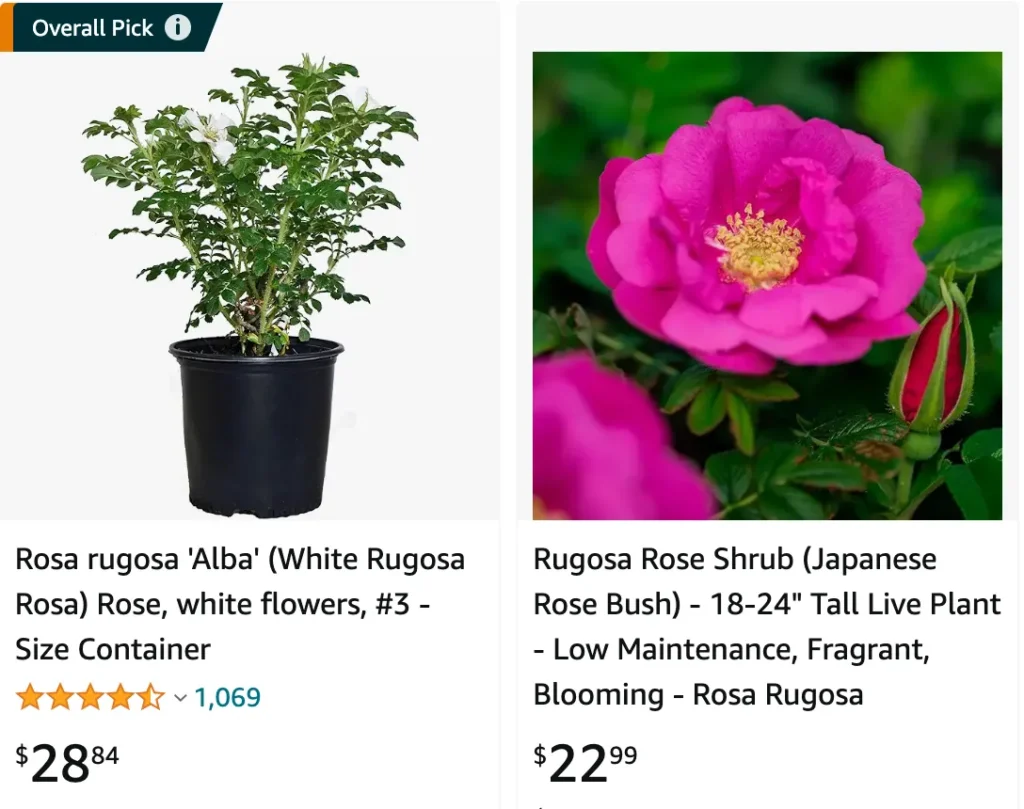
The Enduring Allure of Roses: A Gardener’s FAQ
Roses. The very name evokes images of romance, elegance, and timeless beauty. But for gardeners like myself, Ferb Vu, these captivating flowers are more than just a symbol – they’re a source of constant fascination and meticulous care. Over the years, I’ve fielded countless questions from fellow enthusiasts, and today, I’m here to address some of the most common ones.
How to plant and care for Roses?
- Sunlight: Roses crave sunshine. Aim for at least 6 hours of direct sunlight daily for optimal growth and vibrant blooms.
- Soil: Well-draining, fertile soil is key. Amend clay-heavy soils with sand or compost, and enrich sandy soils with organic matter. A soil pH of 6.5-7.0 is ideal.
- Watering: Roses are thirsty, but avoid drowning them. Deep watering every few days, allowing the soil to dry slightly between sessions, is better than frequent shallow watering.
- Feeding: Roses benefit from regular fertilization. Use a rose-specific fertilizer formulated for your region and blooming cycle.
- Pruning: Proper pruning encourages healthy growth and abundant blooms. Prune in late winter or early spring before new growth appears. Remove dead, diseased, or crossing branches, and shorten healthy canes by about one-third.
What are common problems of Roses?
- Pests and Diseases: Roses are susceptible to various pests like aphids, black spot, and powdery mildew. Regularly monitor your plants and address issues promptly with organic methods whenever possible. Neem oil, insecticidal soap, and fungicides can be effective tools.
- Deadheading: To encourage continuous blooming, deadhead spent flowers by removing them just below the faded bloom where the next set of five leaflets joins the stem. This promotes new bud formation.
- Winter Care: Protect your roses from harsh winter conditions. Pile mulch around the base of the plant to insulate the roots. In colder climates, consider mounding soil around the canes for additional protection.
What are Rose’s Types and Varieties?
The rose family boasts an incredible variety, offering something for every gardener’s taste. Here’s a glimpse into some popular categories:
- Hybrid Tea Roses: Renowned for their large, perfectly formed blooms in a dazzling array of colors, these are the quintessential Valentine’s Day roses.
- Floribunda Roses: These prolific bloomers boast clusters of smaller flowers, creating a vibrant and continuous display throughout the season.
- Climbing Roses: Perfect for fences, trellises, or walls, these vigorous climbers produce fragrant blooms that add a vertical dimension to your garden.
- Groundcover Roses: Low-growing and sprawling, these roses are ideal for slopes, borders, or creating a colorful living carpet.
- Old Garden Roses: These charming roses, often with fragrant, single blooms, offer a touch of nostalgia and historical elegance to your garden.
The Rose vs. Other Popular Flowers: A Fair Comparison
Roses often find themselves compared to other favorites like lilies, peonies, and dahlias. Here’s a breakdown of some key considerations:
- Bloom Time: Roses typically offer a longer blooming season compared to lilies and peonies, which have a more concentrated flowering period. Dahlias, on the other hand, can bloom continuously throughout the summer and fall.
- Maintenance: Roses require more consistent care compared to lilies or peonies, which are relatively low-maintenance. Dahlias, like roses, need regular watering, deadheading, and staking.
- Versatility: Roses come in a wider variety of colors, shapes, and sizes compared to lilies and peonies. Dahlias boast an impressive diversity in terms of flower form and size, but their color range is not as extensive as roses.
Ultimately, the best choice depends on your specific gardening preferences and desired aesthetic.
The Final Bloom: The Enduring Appeal of Roses
Roses may demand dedication, but the rewards are undeniable. Their captivating beauty, intoxicating fragrance, and long-lasting blooms make them a worthy addition to any garden. So, embrace the challenge, delve into the world of roses, and witness the magic unfold in your own backyard. Remember, with a little effort and this handy guide, you too can cultivate a rose garden brimming with success.




